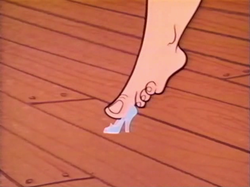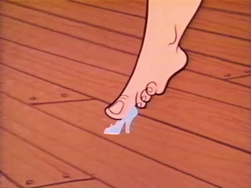
In part 1, we introduced the maddening story of buying shoes in a fictitious deregulated shoe size industry. It doesn't take a large stretch of imagination to see that the setup for the shoe story is an appropriate analogy for AFS heads. Simply substitute your foot size with your Spey rod and your fitting shoe size with your matching Spey line (using the differing shoe colors for differing sink heads) and the connection is made.
My affinity for AFS heads largely comes from the ability to change the sink rate of the entire shooting head, giving me a much tunable sink rate to match differing depth presentation for various combination of fly and on-stream factors. So, my first step in properly loading the rod of choice, a Zpey 12'3" #8 EU class rod, was to find a proper loading AFS floating head. Although the rod lists a grain window of 338 to 416 grains, just like the process of finding the light colored shoe, I had to experiment with several heads; sometimes using heavier heads that came with truncated tips (perhaps in attempts to keep the weight within the rod's grain window) [footnote 1]. I eventually settled for a 400 grain AFS #7 floating head. This floating head discovery is akin to the light colored shoe process.
My affinity for AFS heads largely comes from the ability to change the sink rate of the entire shooting head, giving me a much tunable sink rate to match differing depth presentation for various combination of fly and on-stream factors. So, my first step in properly loading the rod of choice, a Zpey 12'3" #8 EU class rod, was to find a proper loading AFS floating head. Although the rod lists a grain window of 338 to 416 grains, just like the process of finding the light colored shoe, I had to experiment with several heads; sometimes using heavier heads that came with truncated tips (perhaps in attempts to keep the weight within the rod's grain window) [footnote 1]. I eventually settled for a 400 grain AFS #7 floating head. This floating head discovery is akin to the light colored shoe process.


 RSS Feed
RSS Feed
